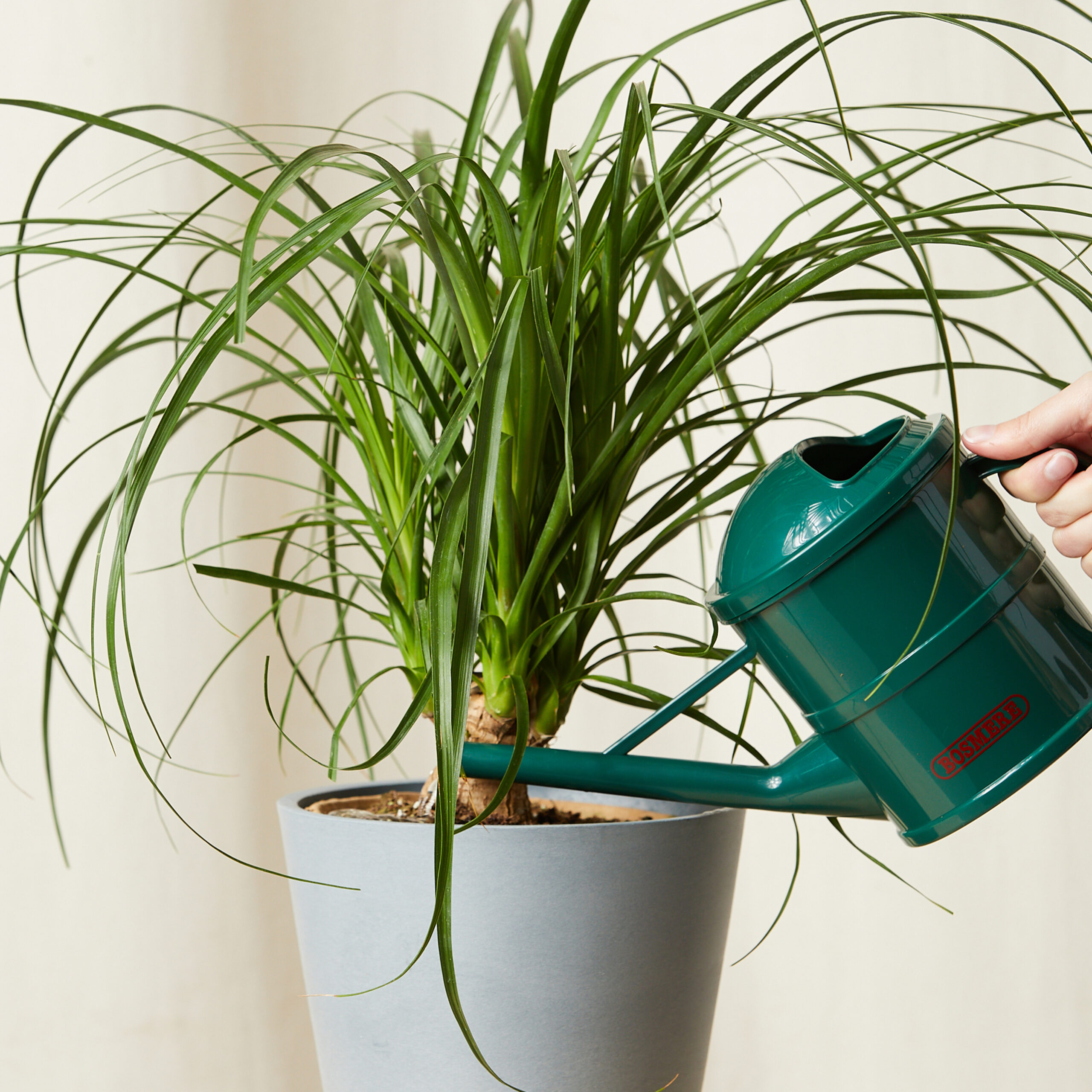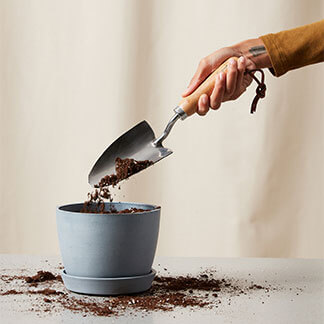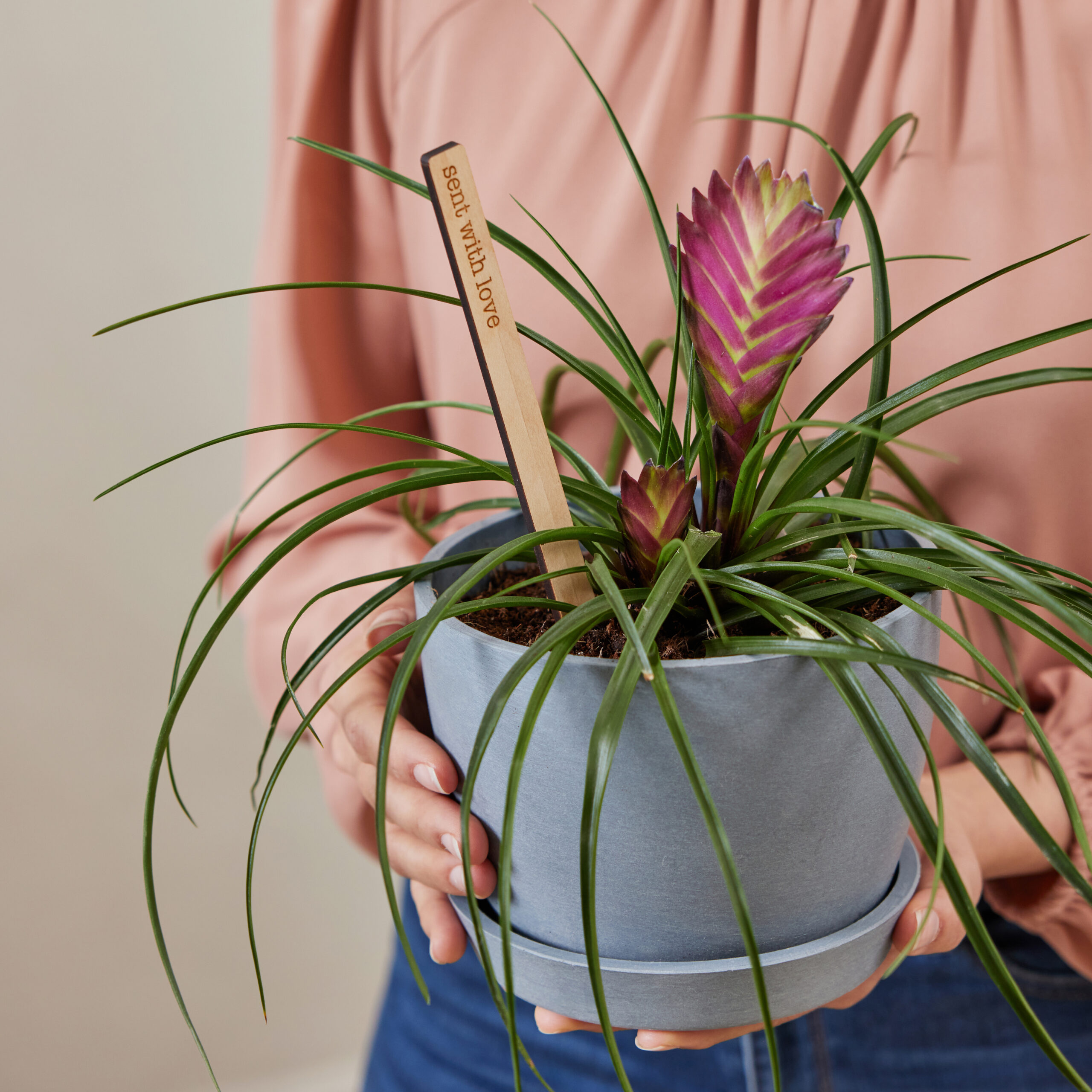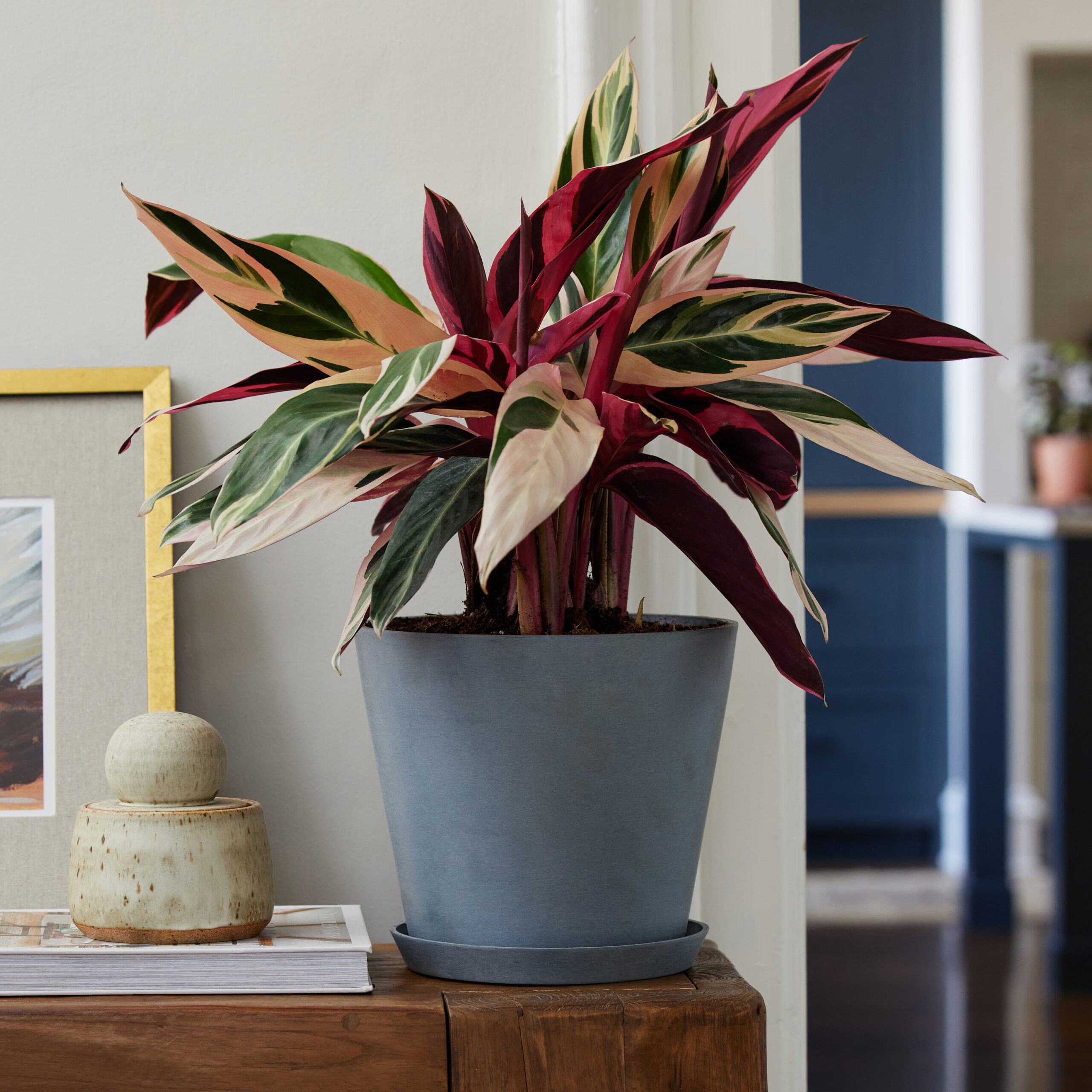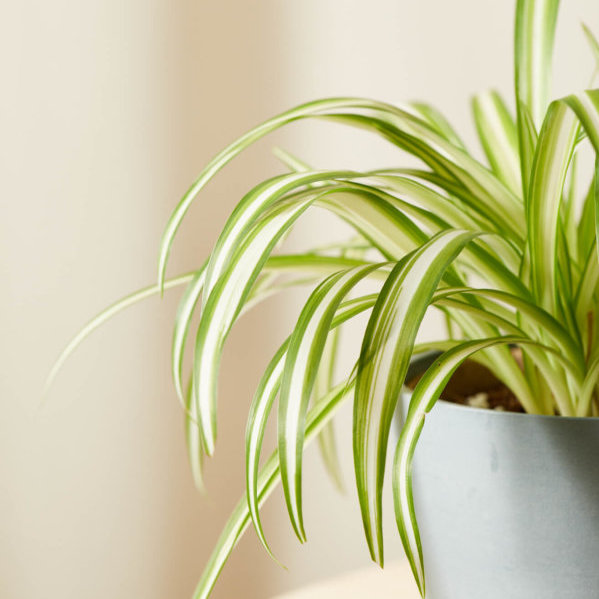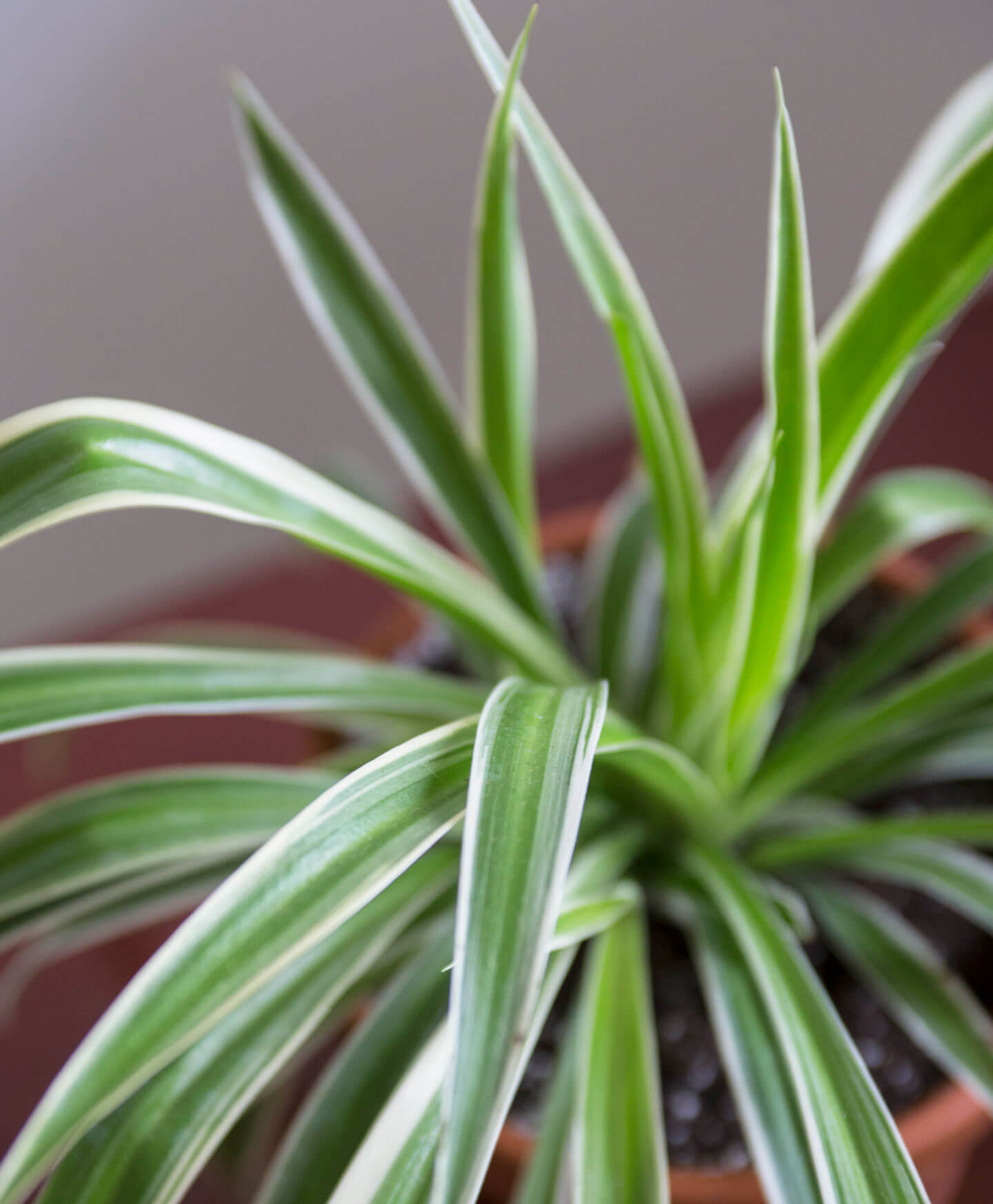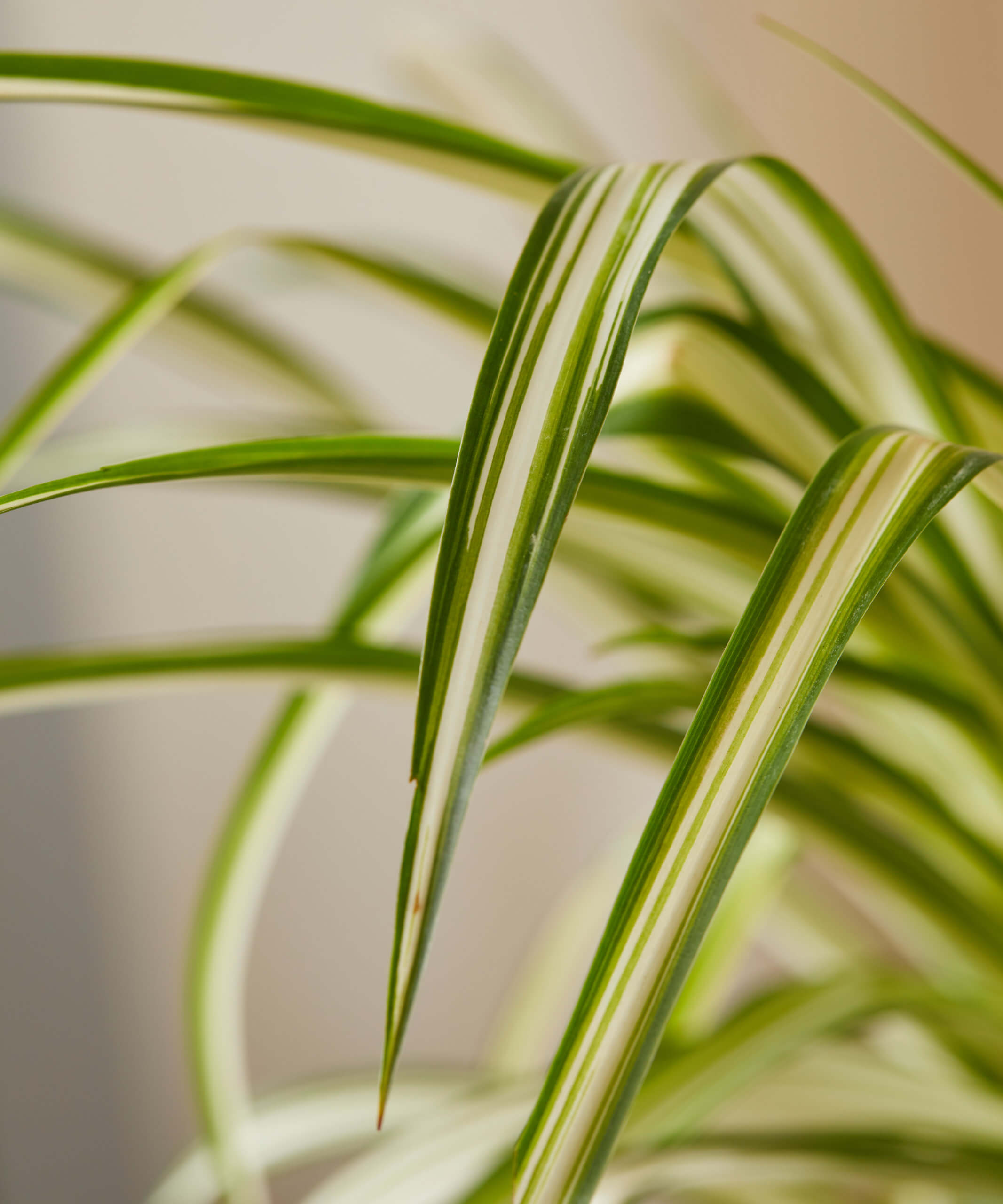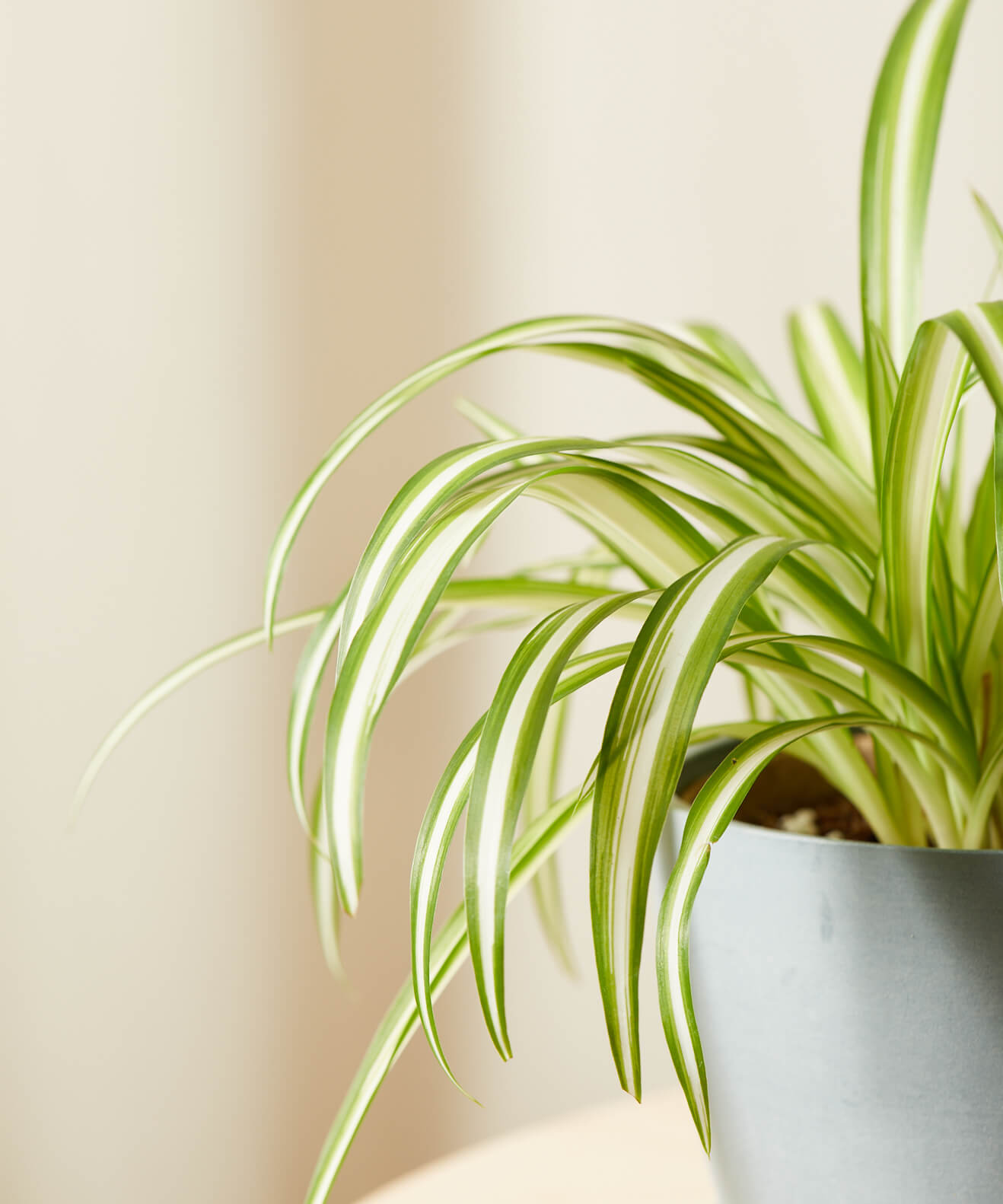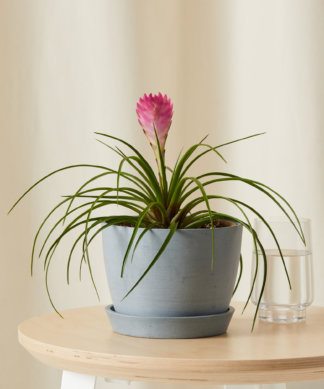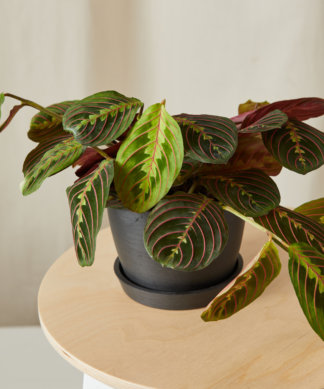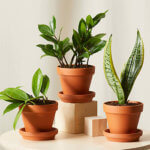How to care for your Spider Plant
Use these instructions to care for a Spider Plant. This guide will tell you how to water a Spider Plant; its light, temperature, humidity preferences and any additional care it might need to help it grow.
Spider Plant
Spider plants thrive best in bright, indirect sunlight. They love being perched by a window or door that allows enough light to filter through. However, direct sunlight will scorch the leaves while inadequate lighting affects its growth. So you might consider adding a grow light as a supplement if you can’t find the ideal spot.
The proper Spider Plant care involves a thorough watering once a week. As you water, the soil needs to drain completely. Thus it’s wise to watch the saucer where your plant sits. As water pours out from the holes at the bottom of the pot, you can stop and then empty excess left on the saucer. The intervals between watering allows the soil to dry while maintaining a consistent schedule. In fact, the Spider Plant’s thick roots soak up and retain a nominal amount of moisture. So you don’t need to water it daily. However, if you need to gauge whether your spider plant needs water, you might check the top two inches of the soil. If it feels dry to the touch, then use a watering can to hydrate your plant.
Spider Plants come from the coastal areas of South Africa and therefore, love humidity. You can create the ideal moist atmosphere for your plant by keeping a humidifier in the same room. Or if that’s not possible, then try misting periodically to prevent the tips of the leaves from turning brown and maintaining a lush growth.
The Spider Plant loves a warm, moist atmosphere, particularly at 60–80⁰ F. Remember to avoid direct sunlight. Also, keep your Spider Plants away from vents and drafts, especially if you plan on hanging them.
For optimal Spider Plant care, monthly feeding is necessary during the spring and summer seasons. These months are the plant’s most active, and a water-soluble, all-purpose fertilizer provides plenty of nutrients. Likewise, you’ll need to avoid feeding the plant during the fall and winter, as they tend to go dormant during the cool-weather months.
You can also count on the Spider Plant as a safe addition to your home since it’s non-toxic for dogs, cats, and humans. However, you might consider placing your plant in a spot that’s out of reach for pets just for the sake of caution. Dogs and cats tend to become nauseous after ingesting leaves.
Mature spider plants will produce “spiderettes,” or “pups.” These are new plant offshoots from the mother plant that you can trim off and nurture to produce an entirely new plant. To propagate, cut off the small plant from the mother, and place the bottom end in a glass of water. You should see roots develop in 2–4 weeks. After roots develop, plant the pup in soil and water regularly. If your Spider Plant is in need of a trim, clean up your plant using clean, sharp Plant Snips.


